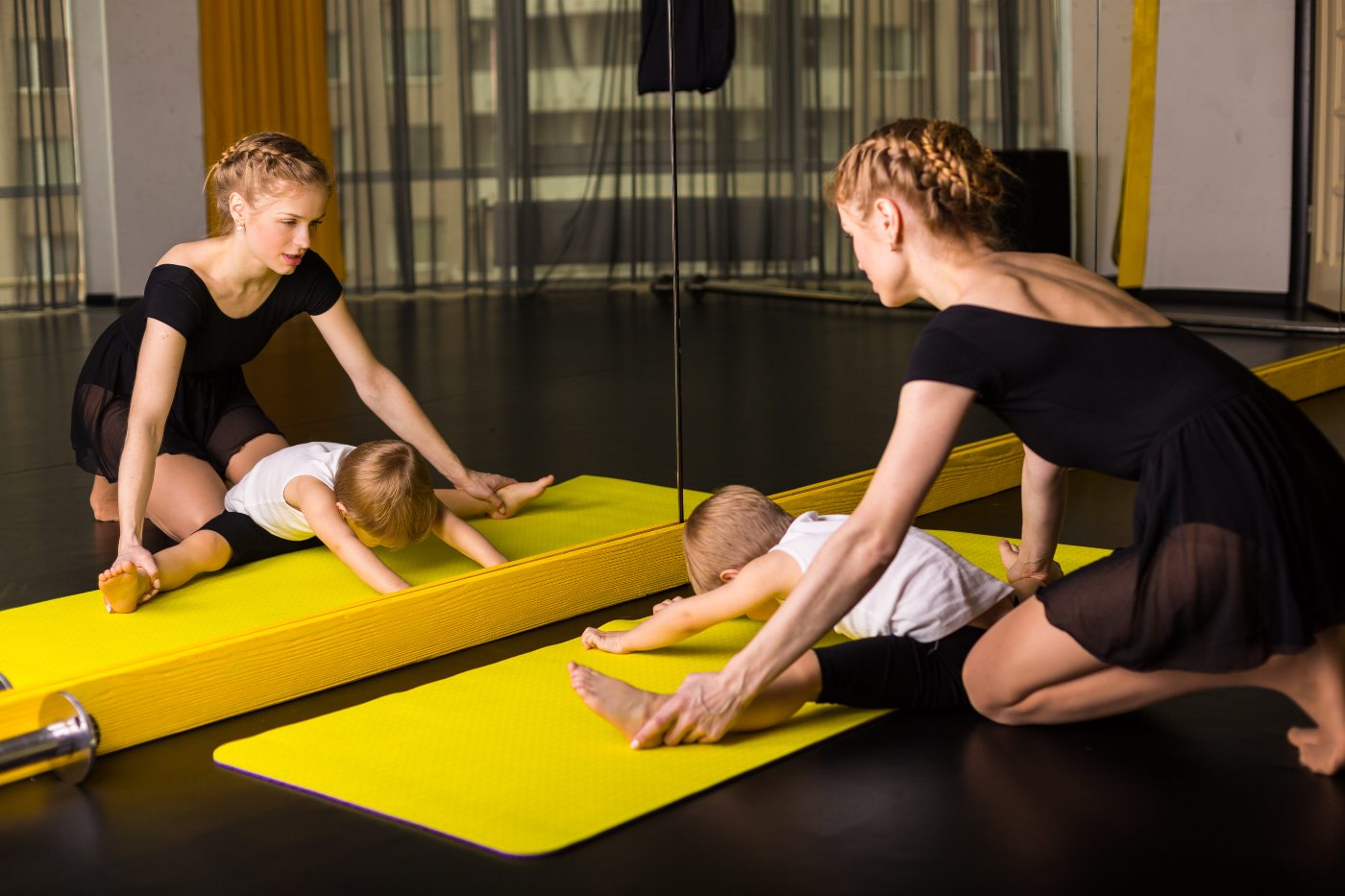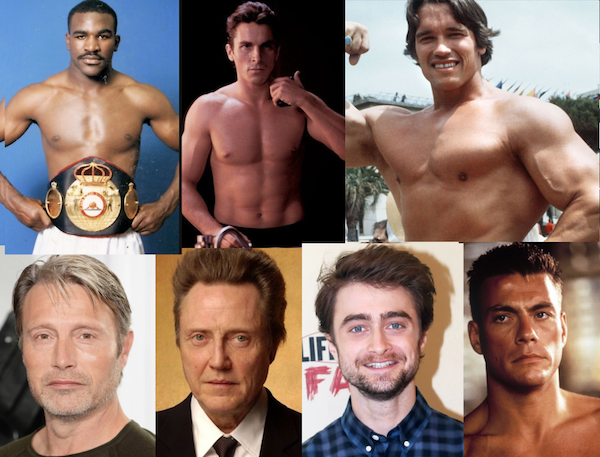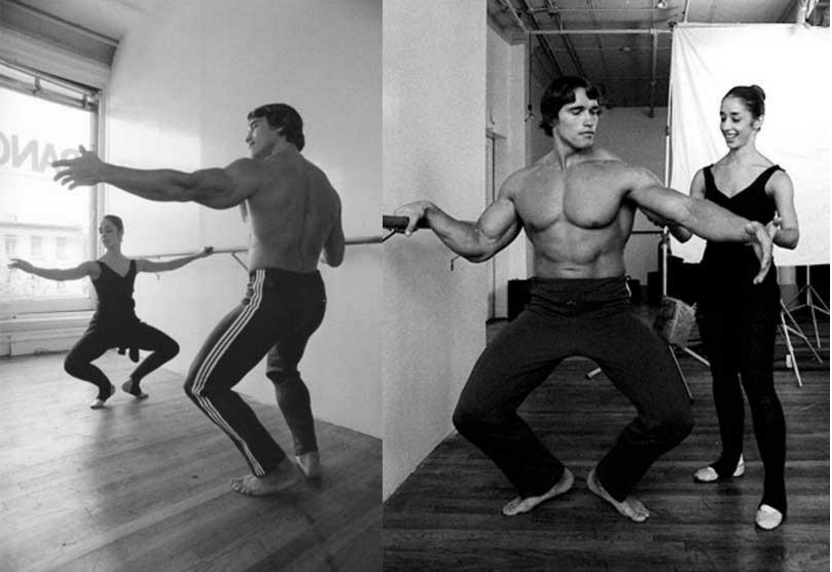Picture boys’ athletics and ask yourself, where might the bravest boys be found? The football field? The basketball court? The ice hockey arena?
Bet you didn’t picture the ballet studio, did you?
What makes the boys of ballet so courageous? No, it’s not the raw strength, agility, stamina and endurance demanded of ballet. Nor is it the balance, poise, and body awareness required of this ancient art form. And never mind the countless hours spent on the dance floor or the weight room. Forget, too, the lengthy stretches of time spent in physical therapy to recover from torn ligaments and other bodily traumas.
No, what makes boys who dance ballet so incredibly brave is the way they not only embrace and overcome the immense physical demands of their discipline, but also the verbal and physical attacks that so often come with an outdated cultural mindset that says boys and ballet don’t mix.
Changing Mens’ Mindsets
In his powerful documentary, Danseur, Scott Gormley reveals a world of boys and young men who are so passionate about their art, so committed to their sport (yes, dance is equal parts art form and athletics) that they’ll dive headlong into its physical and mental rigors while simultaneously braving their way through society’s resistance to their place there.

And while Gormley fully expected some degree of cultural ignorance when it came to boys and ballet, he was shocked at the degree to which the male members of a boy’s family lashed out.
“Fathers, stepfathers, uncles, brothers, many of whom feared that ballet would ‘turn’ boys gay,” says Gormley. “One dancer I interviewed no longer has contact with his birth father, who was so against his son dancing that their relationship fell apart.”
Unfortunately, this kind of patriarchal ignorance and abuse is commonplace in a nation that celebrates so-called ‘masculine’ sports like football, basketball, and hockey, but frowns on the idea of men in tights dancing on stage.
ONE DANCER NO LONGER HAS CONTACT WITH HIS BIRTH FATHER, WHO WAS SO AGAINST HIS SON DANCING THAT THEIR RELATIONSHIP FELL APART.
According to Doug Risner, a professor of dance at Wayne State University, 96% of boys who take up dance and particularly ballet, will face some form of abuse, including outright physical assaults. But what hurts these boys the most? The way so many of their fathers reject that choice. In fact, Risner says fewer than one-third of dads approve of their boys dancing.
Fortunately, there are supportive dads out there, and perhaps as more of their voices are heard, the narrative will change. Consider Jim Anderson, founder and CEO of The Anderson Company, a successful construction company reshaping the Washington landscape. Anderson, who spends his days on job sites surrounded by the kinds of burly men you’d expect to find on construction sites, has always been “100% behind” his son, Jacob’s, decision to dance.
To do anything less than support our boys 100% is to fail as a father.
“My son always wanted to act and dance. It was his passion from a very young age,” says Anderson. “To get behind him and let him chase his dreams with the same kind of unwavering dedication that I chased my own is how all of us should behave toward our children. To do anything less than support our boys 100% is to fail as a father. I’m very proud to be Jacob’s dad.”
Women Have Issues Too
While Risner, Gormley, and others give credit to moms for supporting their boys in ballet, it’s important to note that a significant number of women still buy into the same outdated stereotypes about boys and sports.
A case-in-point: last summer Lara Spencer, one of the hosts of Good Morning America, found herself in hot water for ridiculing 6-year-old Prince George’s desire to study ballet. “Prince William says George absolutely loves ballet,” said Spencer, a smirk on her face. “I have news for you, Prince William: We’ll see how long that lasts.” Spencer and her co-hosts then burst into laughter.

The backlash was swift and furious. Spencer’s comment, tweeted former Star Trek actor George Takei, “shows that ‘toxic masculinity’ can be spread viciously by insensitive women too.” Ballet dancer Fabrice Calmels reached out to Spencer and told her: “I teach young kids, and boys just drop out because of the stigma, the social stigma around the form. Children should be entitled to experience things without being bullied.”
Spencer subsequently apologized for her remarks, adding that after listening to countless parents and teachers, she’d learned much “about the bravery it takes for a young man to pursue a career in dance.”
Children should be entitled to experience things without being bullied.
But to those well-versed in such matters, Spencer’s comment reflects a wide and deep-rooted cultural mindset that persists in rejecting the idea of boys and men participating in dance and ballet. Said Risner: Spencer’s comment “underscored harmful stereotypes and signaled that harassment and bullying of boys who dance is acceptable.”
So what is going to change that cultural mindset? Maybe the growing ranks of men who are taking up ballet when they’re not busy smashing and bashing each other in more traditional, ‘rugged’ sports like football, boxing, and martial arts.
Ballet’s Big Boys Speak Out
Steve McLendon is a 310-pound NFL nose tackle who spends his autumn weekends attempting to physically overpower equally massive men in a desperate effort to tackle the man with the football. But if you ask McLendon about the most physically demanding thing he does, he’ll answer in one word: ballet.
Ballet is probably one of the hardest things I’ve ever done.
“It’s harder than anything else I do,” says McLendon, who credits ballet with strengthening his knees, ankles, and feet and keeping him relatively injury-free in a sport known for destroying men’s bodies.
Indeed, what McLendon and a host of other famous male athletes have discovered, is that ballet is not just physically demanding, but teaches them poise, presence, agility, and the confidence that comes with them.
Former world heavyweight boxing champion, Evander Holyfield, was known as one of the best-conditioned athletes to ever enter the ring, as well as one of its most fleet-footed. His secret? Ballet.
“When I was fighting the big guys I needed to have something that they didn’t have,” said Holyfield. “These guys were bigger so I had to have a game plan. And flexibility was the key.” Holyfield’s quick feet enabled him to retire without ever being knocked out.

Former Pittsburgh Steelers four-time Super Bowl champion and all-pro wide receiver Lynn Swann, credited ballet with helping him become a nightmare to cover on the football field.
“People don’t understand the physicality of dance. Rhythm, timing, body control, coordination,” said Swann. “The finish of one move is also the preparation for the next move. I started developing an ability to feel very comfortable in the air. Some of the catches I made that you see in the highlights, I’m up in the air catching a pass. Body control comes into play, the dance ability comes into play, and boom, it’s all there.”
Yep, the word is out and a growing number of athletes are embracing dance and ballet. Indeed, some of the sports world’s most notable (and accomplished) athletes have participated in ballet, including, in addition to Holyfield and Swann, Herschel Walker, Rob Gronkowski, Arnold Schwarzenegger, and Jean-Claude Van Damme.

“I started ballet in my early 20s,” says Walker, who won college football’s Heisman trophy in 1982, was an NFL all-star, and at 50 stepped into the world of mixed martial arts fighting. “Ballet is probably one of the hardest things I’ve ever done. People don’t give it a lot of credit and think it’s easy, but it’s very difficult.”
And that iconic logo from the early days of Nike’s Air Jordan campaign? That wasn’t a basketball move, it was a grand jete from ballet. Said Jordan: “Everyone thought I did that by running and taking off. Actually, it was a ballet move where I jumped up and spread my legs.”
Famous athletes aren’t the only ones to shine a new and flattering light on ballet. Other male celebrities to take up the art include: Ryan Gosling, Christopher Walken, Channing Tatum, James Dean, Christian Bale, Tupac Shakur, Freddie Mercury, and Rio Ferdinand.
So Your Son Wants to Dance Ballet?
So what can parents do if their boys are interested in ballet and you’re concerned they may encounter verbal or even physical bullying for their choice?
For starters, remember that our children enter the outside world each day as confident as the one they experience at home. Meaning that if mom – and in particular, dad – support them, they’re more likely to overcome any outside attacks and/or report them if they do occur.
Steps you can take:
Be as Brave as Your Son – Given the courage it takes for a boy to buck cultural stereotypes of any kind, the least mom and dad can do is match his bravery with their own. And that goes for the uncles and aunts and grandparents too – step up, support your son, and let them know you’re 100% behind him.
Support His Passion – In this era of digital addiction and lethargy in kids, parents should welcome a child’s passion for dance – or for any healthy activity, for that matter. Recognize it, encourage it, support it!
Identify a Role Model – Boys, like all children, look for role models to emulate. We’ve given you just a few above. But there are lists galore on the Web highlighting the famous male athletes and celebrities who practice ballet.
Share the Love – Take your son to the ballet or watch a classic like Singing in the Rain. Show your son the beauty of ballet in action and that you can enjoy it as much as he does.
